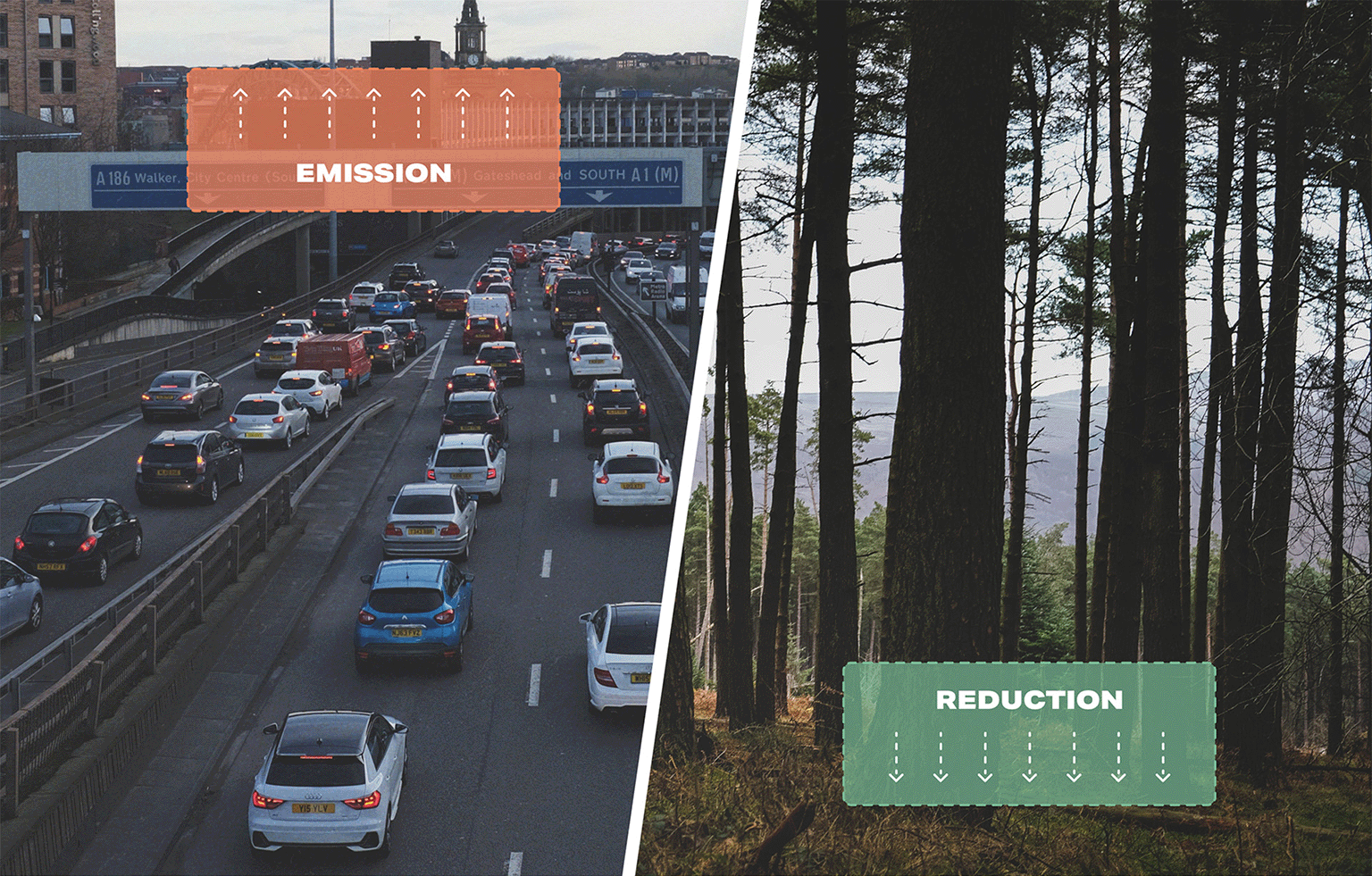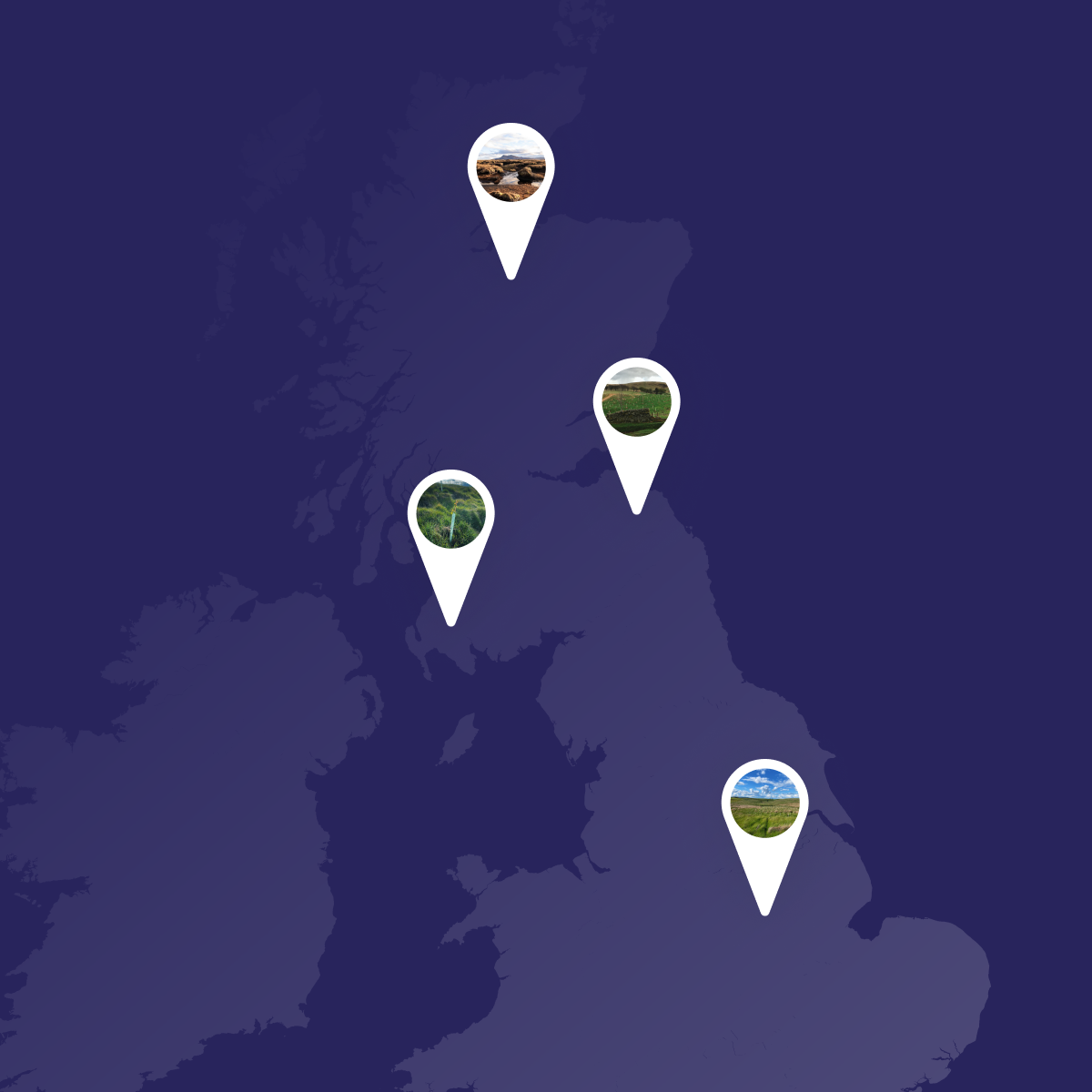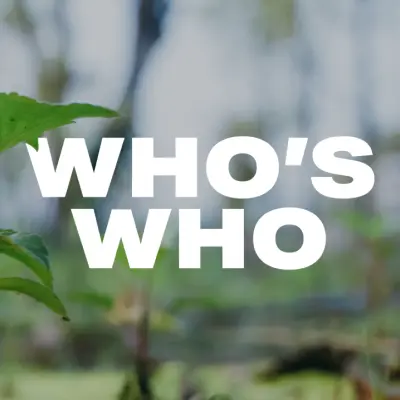Blog
Carbon offsetting in a nutshell
You’ve probably heard of carbon offsetting; but what exactly is it, and how exactly does it work?
11 October 2022

Many organisations and individuals are determined to limit their contribution to climate change. But while their absolute priority should be to reduce the greenhouse gas (GHG) emissions for which they are responsible, directly or otherwise, getting to zero GHG emissions will be impossible however hard they try. No matter how well-intentioned the organisation is, indirect emissions will occur at some point along their value chain. This is why carbon offsets have a vital role.
The technical definition of a carbon offset is “any activity that compensates for the emission of carbon dioxide (CO2) or other greenhouse gases (measured in carbon dioxide equivalents, CO2e) by providing for an emission reduction elsewhere”. In other words, you’re balancing out the GHG emissions that you generate by doing something that reduces emissions elsewhere.

Do enough of such activities and you can get to carbon neutrality, where you’re responsible for zero emissions – at least on a net basis. You can even go further, becoming carbon positive through offsets that outweigh your emissions.
That’s not to suggest offsets are a quick fix. If you’re serious about reducing your climate impacts, offsetting should be just one part of a carefully-considered plan for achieving that objective – and reducing emissions should be your first goal.
Still, offsets are going to be crucial in helping the world to combat climate change
Carbon offsets in practice
Many different types of activity have the potential to reduce GHG emissions and the opportunities to offset are wide-ranging. You might consider investment in renewable energy projects that help decarbonise the energy grid, in energy efficiency measures that reduce consumption, or in waste management initiatives that capture the methane released by waste and convert it into clean fuel.
However, there is a growing belief that nature-based projects offer some of the best opportunities to offset. First, there is scientific evidence that projects such as reforestation – planting trees to absorb and store CO2 – deliver the greatest overall GHG impacts. Also, nature-based projects very often bring broader benefits, such as improved biodiversity and increased human wellbeing, alongside those climate gains.
There are lots of exciting possibilities. Maintained and restored wetlands not only provide carbon sinks but also support plant and aquatic life. Planting and conserving salt marshes, say, provides a long-term carbon storage solution but can also protect nearby homes against flooding and storm damage. Reforestation boosts the earth’s carbon absorption capacity but can also prevent soil erosion and therefore help farmers increase food production yields.
What qualifies as an offset?
It’s important to ensure the carbon offsets you’re purchasing are delivering the benefits you’re hoping for. To count as an offset, projects must carry certain features. These include:
- Real and measurable. That is, the project should legitimately deliver a GHG absorption or reduction benefit, and this should be measured using robust scientific data and methodologies.
- Additional. The offset must deliver GHG emission reductions or removals that would not have occurred without the project.
- Permanent. Emission reductions should not be reversible at a later date.
- Leak-free. Offset projects should not generate emissions elsewhere.
To ensure you’re buying carbon offsets that meet these requirements and deliver real climate change benefits, it is vital to identify projects that are monitored and verified by credible and independent third-party authorities.
A growing number of organisations work to provide quality assurance standards which offer project developers a framework for measuring and certifying the volume of carbon emission reductions that schemes deliver. Examples include the Woodland Carbon Code and the Peatland Code.
Where to make offsets
Many individuals and organisations in the UK assume that carbon offset projects are all in far-flung locations – they tend to think first of reforestation projects in South America and Asia, for example. But while these very worthy projects do provide some excellent offsetting opportunities, they can be difficult to monitor from afar – and there have been some high-profile examples of failures to deliver, and even outright frauds. In any case, there are also things you can do much closer to home. UK-based certification initiatives are verifying a growing number of offset projects based in this country. And bodies such as the Woodland Carbon Code & Peatland Code have strict rules around additionality and measurability, which should provide reassurance.
In fact, there are several arguments for trying to identify offset projects based as close as possible to where your organisation operates, or to where it sells its products and services. Most obviously, your activities will almost certainly have an impact locally as well as globally, so you have a responsibility to try to mitigate that impact locally too.
Not every offset project your organisation considers will be domestic – by all means, also look worldwide. But for UK organisations looking for offsets, projects that ensure greener spaces, support cleaner air, help create jobs, stimulate regional economies and deliver other local benefits can be especially attractive.





